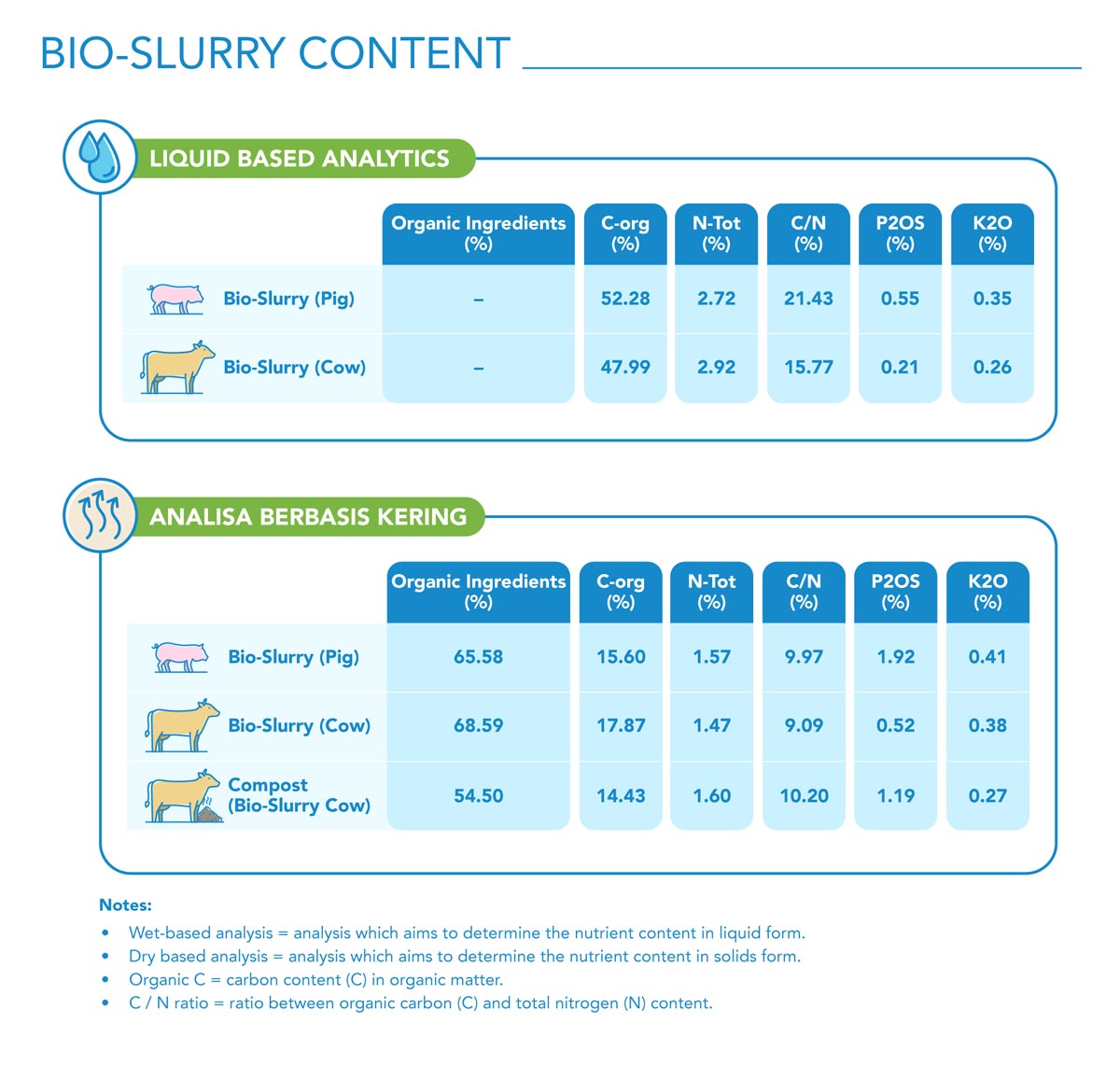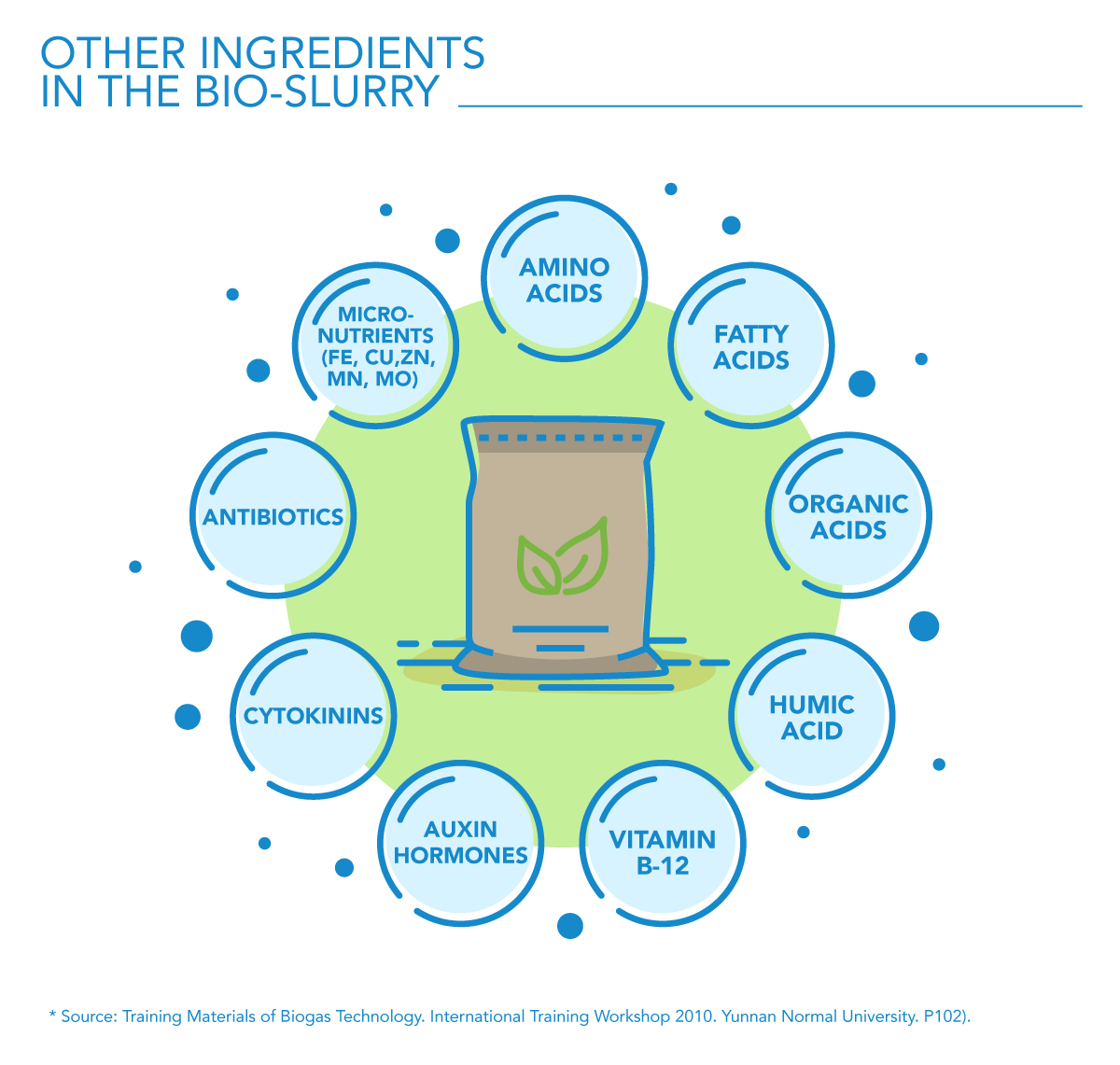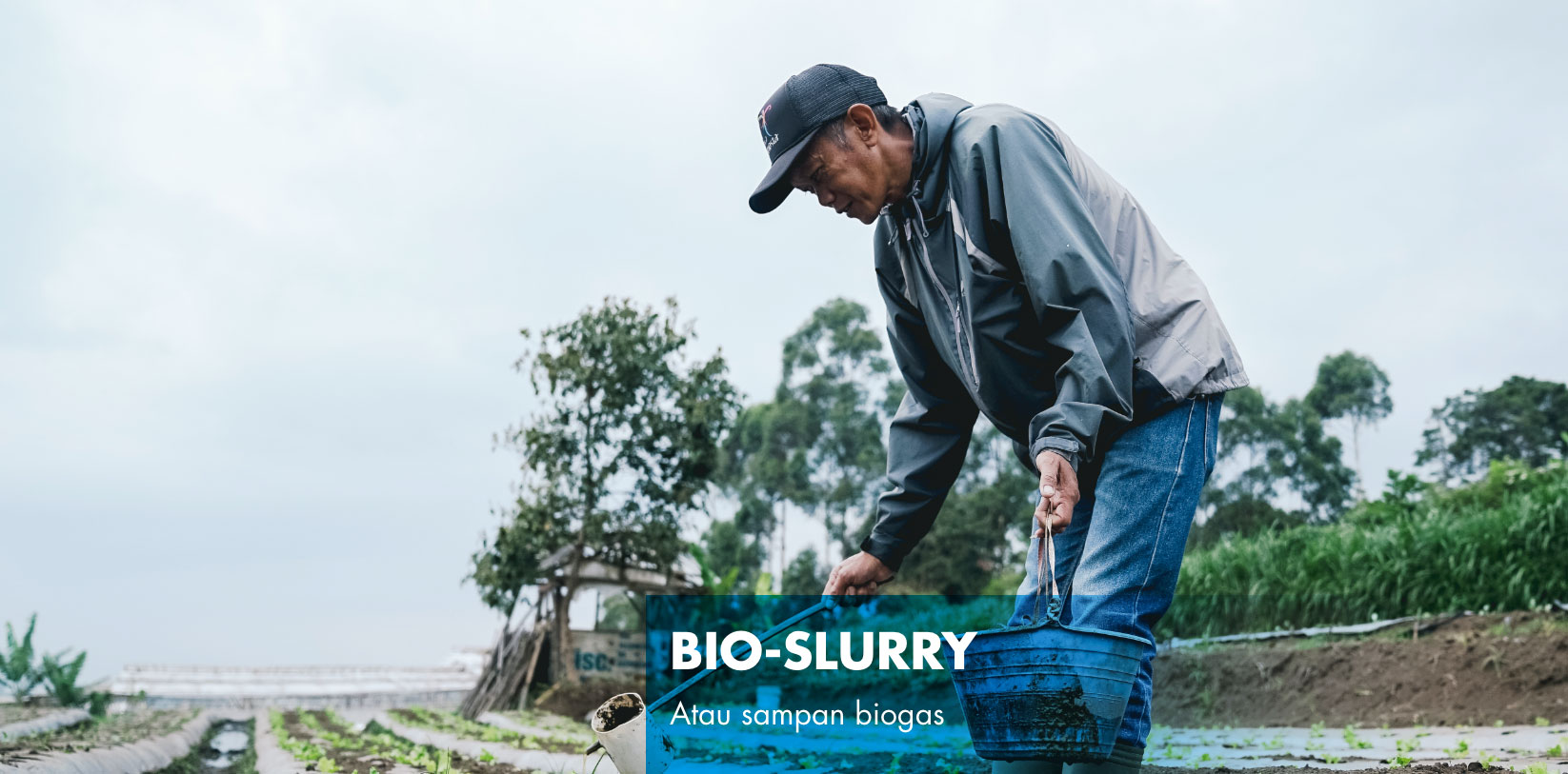Bio-Slurry
About Bio-Slurry
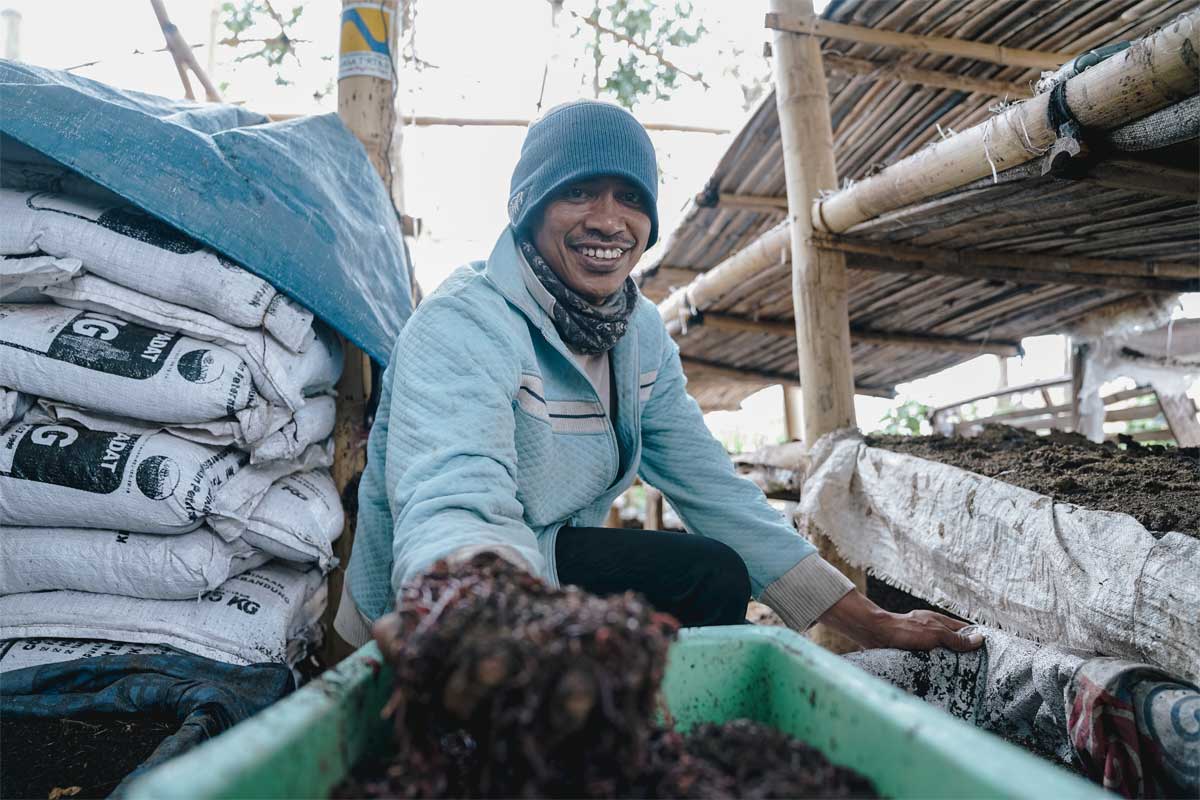
Bio-slurry is a waste of biogas with various benefits. Even though it is called dregs, bio-slurry still has many nutrients that are useful for agriculture and can also be used as a natural fertilizer.
Just like biogas, the composition of bio-slurry is a combination of manure and water. To become bio-slurry, it has passed the process in the tank without using oxygen (anaerobic). After going through the process, the bio-slurry will come out of the outlet pipe in liquid form, which tends to be solid with a light brown or dark green color.
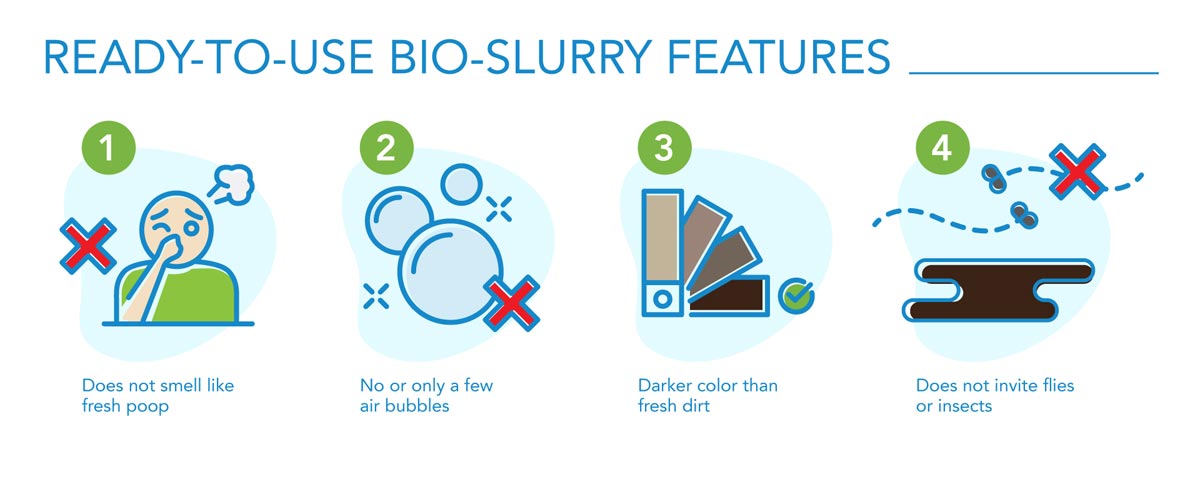
Bio-slurry for more sustainable agriculture
Biogas is a renewable energy that helps people to be able to access the power that is efficient, environmentally friendly, and clean. Biogas is also a link in the chain of environmental sustainability by converting livestock manure to daily energy and processing it into natural fertilizers or bio-slurry.
The option to use biogas for farmers and ranchers is the right choice. They can get free natural fertilizer for their crops. Also, they solve the problem of livestock manure that continues to haunt. The waste that can be used as fertilizer shows that the bio-slurry position is proof that biogas produces nearly 0% waste.
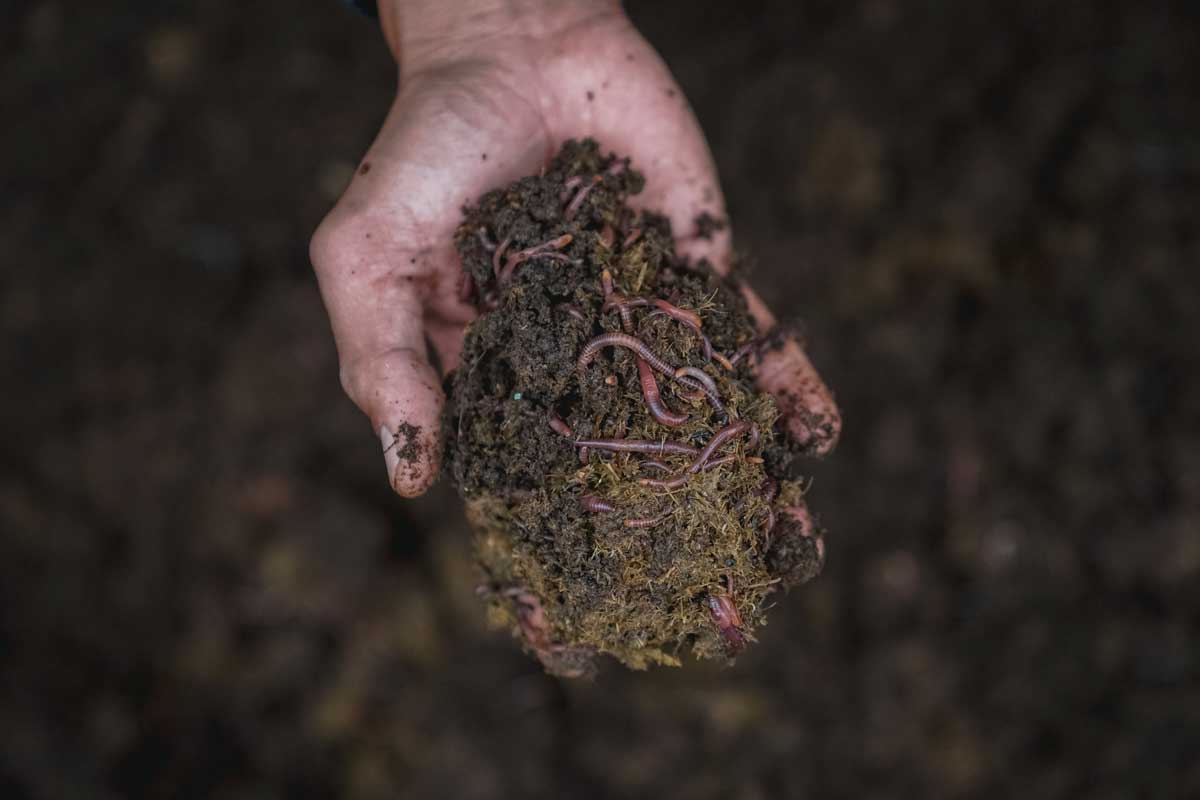
The advantages of Bio-slurry as fertilizer
Bio-slurry is a natural fertilizer that contains a lot of nutrients. With these nutrients, bio-slurry has the advantage of improving soil structure. So, it is very suitable for land in productive areas which slowly becomes unproductive.
Bio-slurry is a natural fertilizer that can bind soil nutrients and loosen hard soil. Due to the processing in biogas it causes bio-slurry to be a fertilizer that is rich in nitrogen compared to phosphorus and potassium. Another case with pig manure which is richer in phosphorus and potassium. Also, bio-slurry has probiotic microbes that can increase soil fertility so that it impacts the quality and quantity of the harvest.
